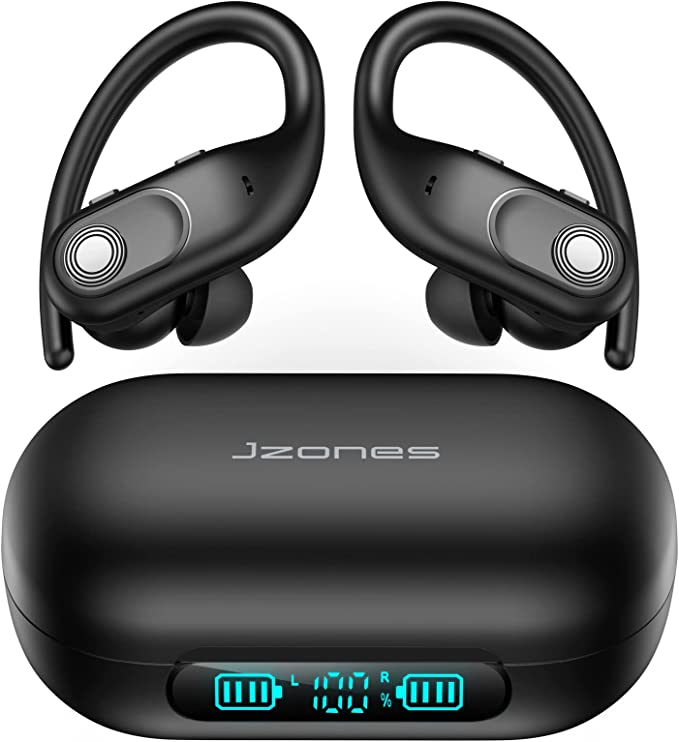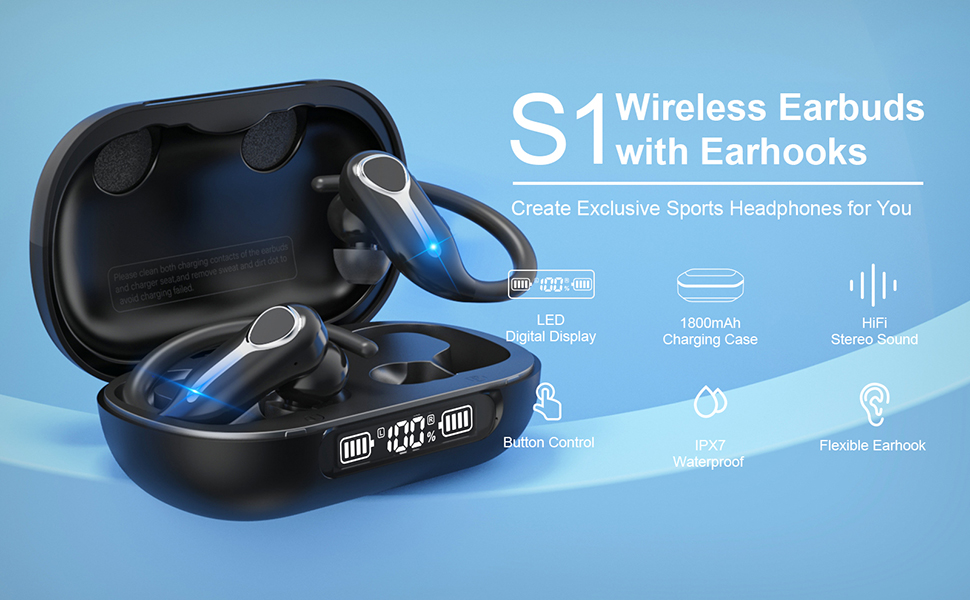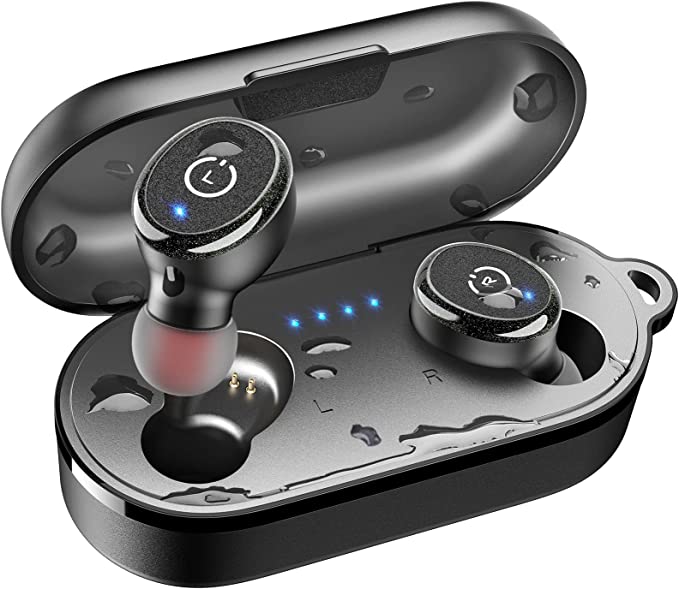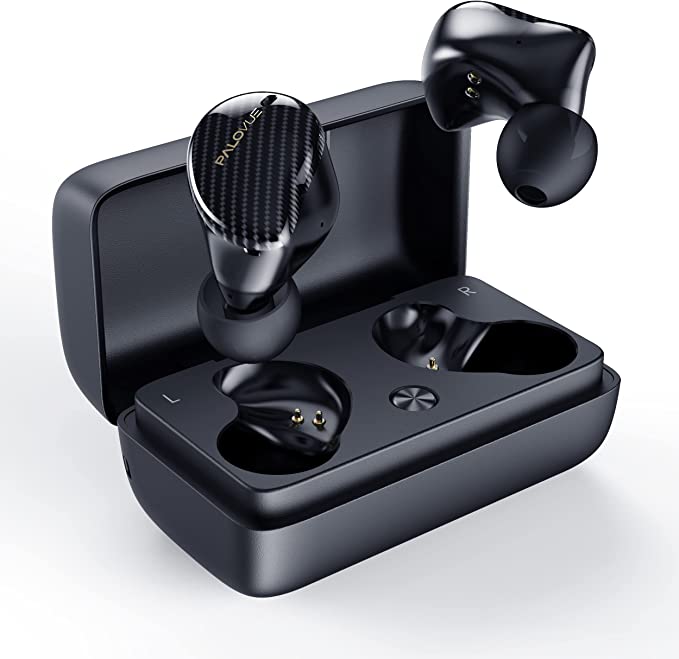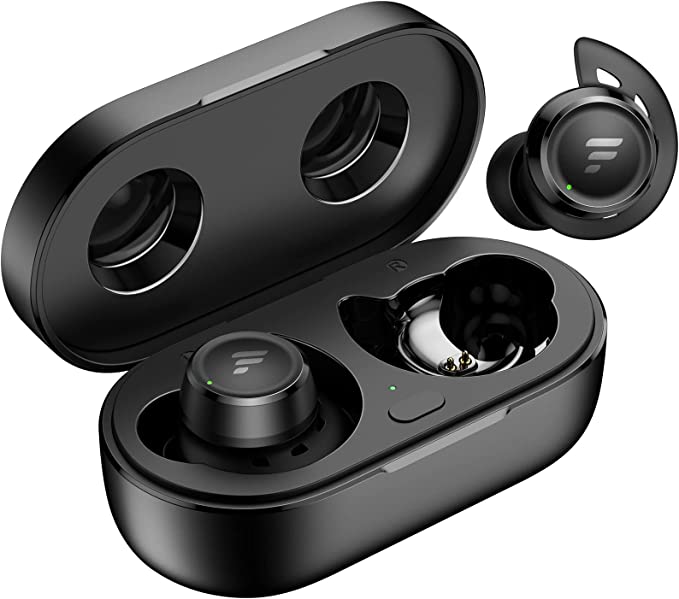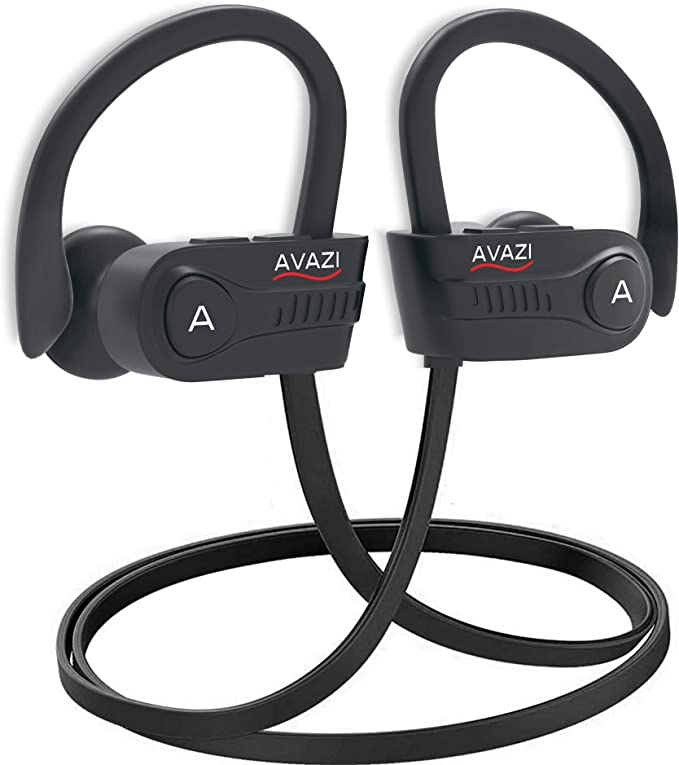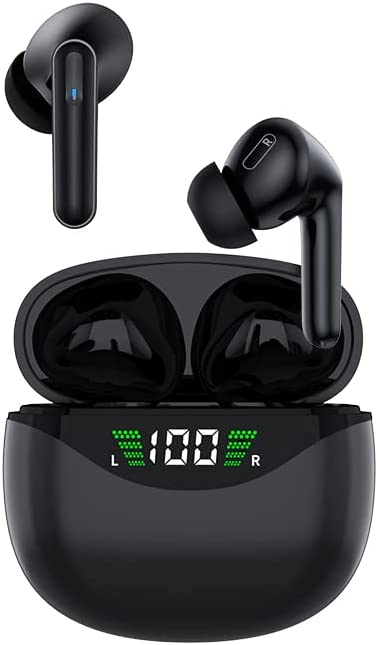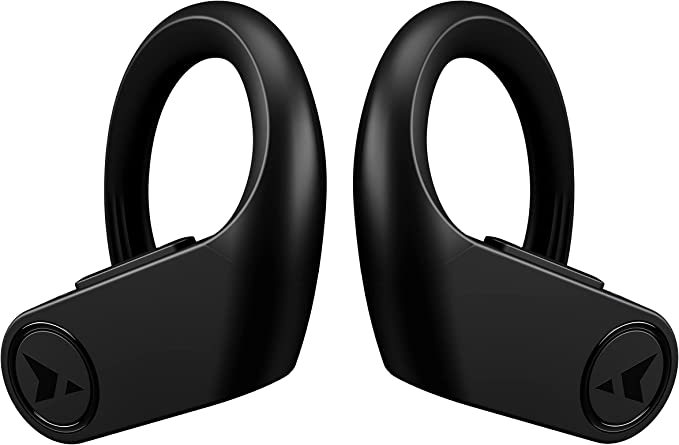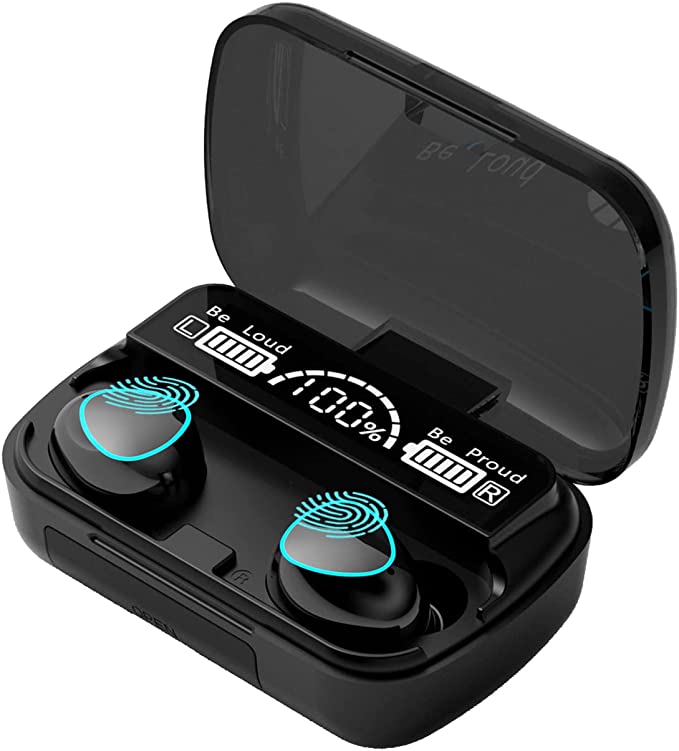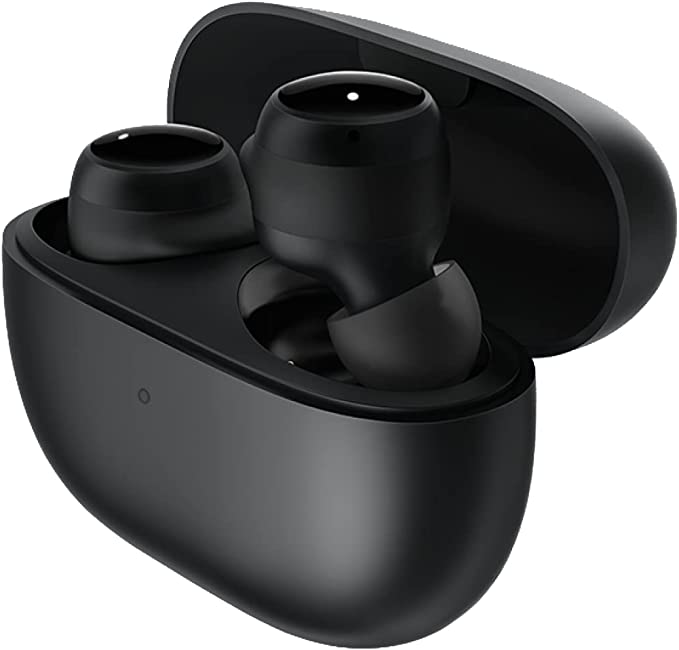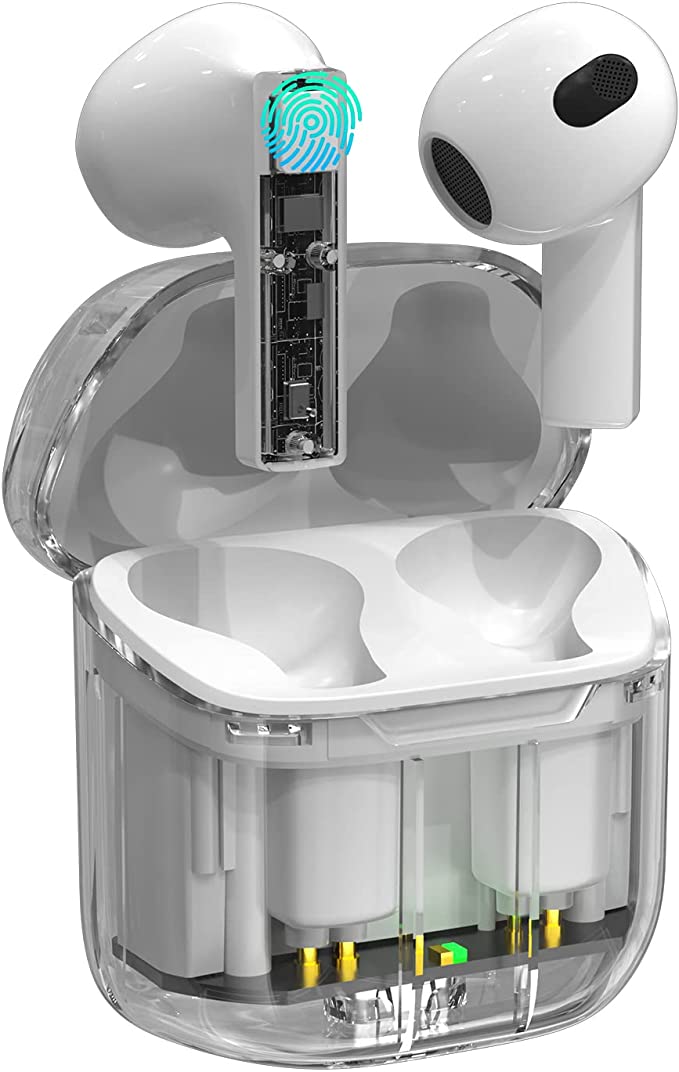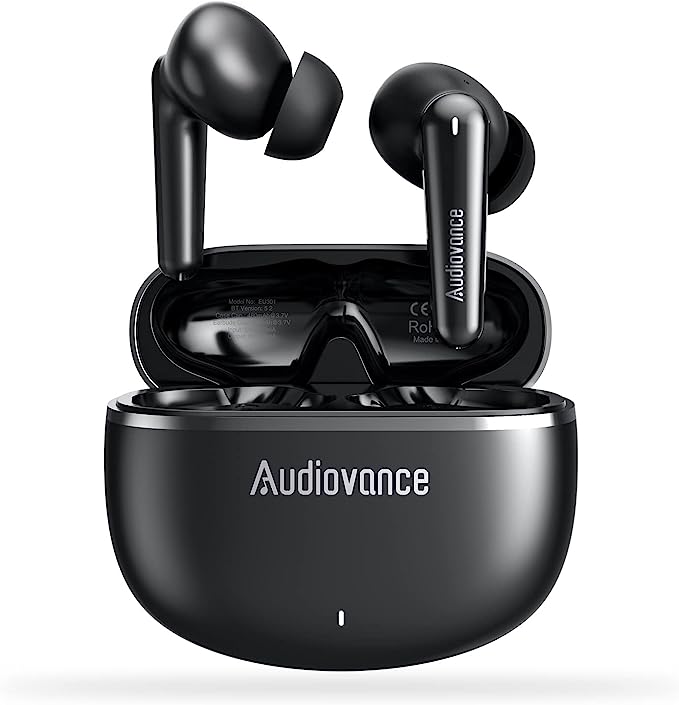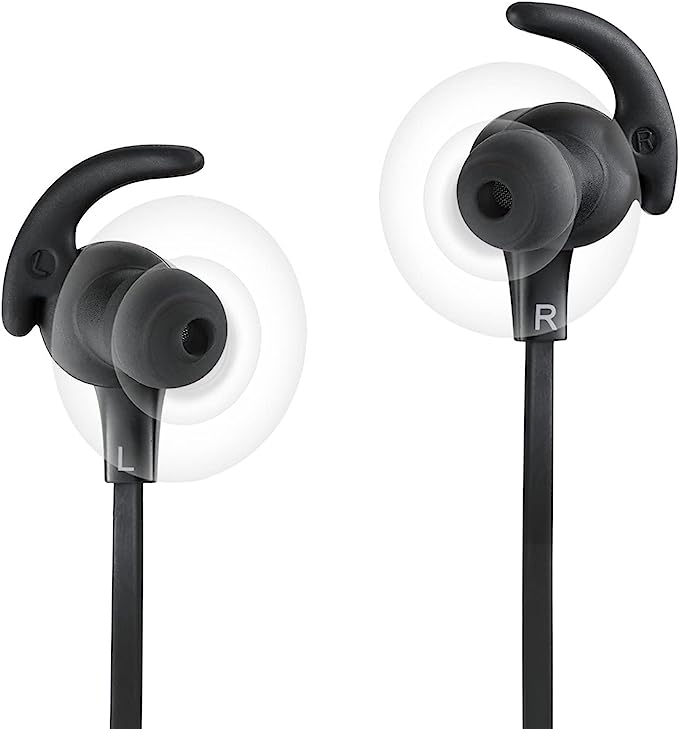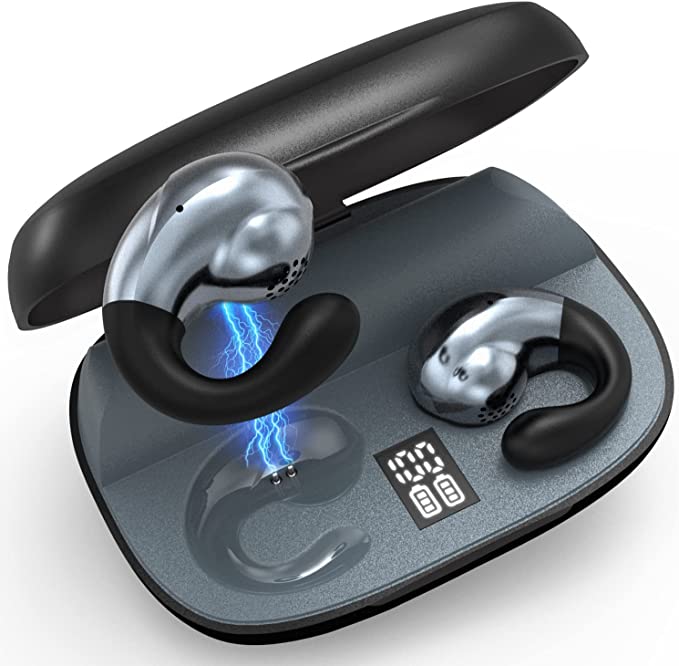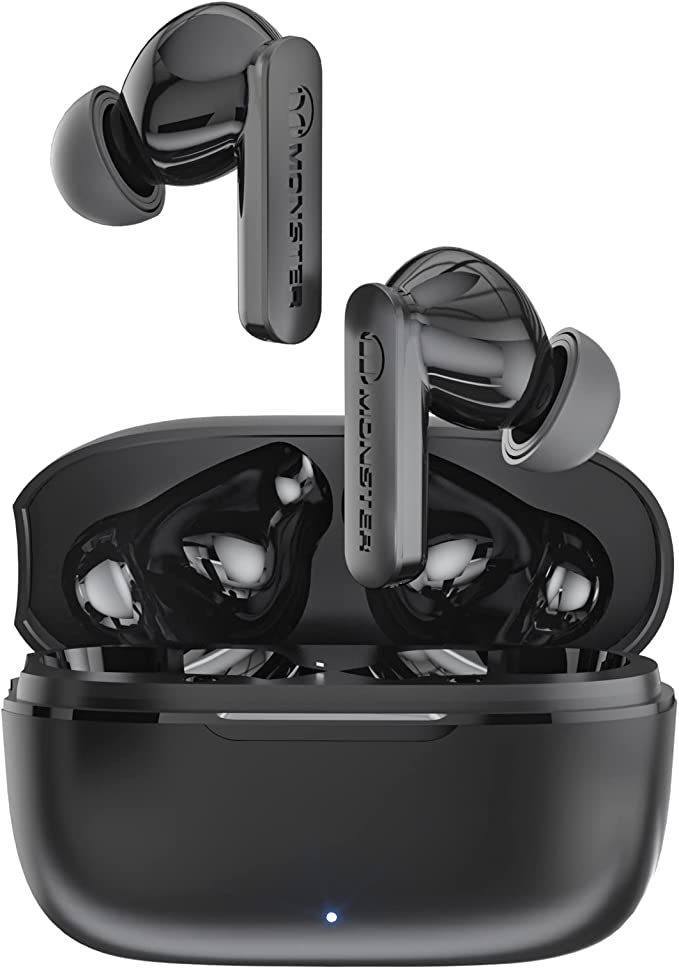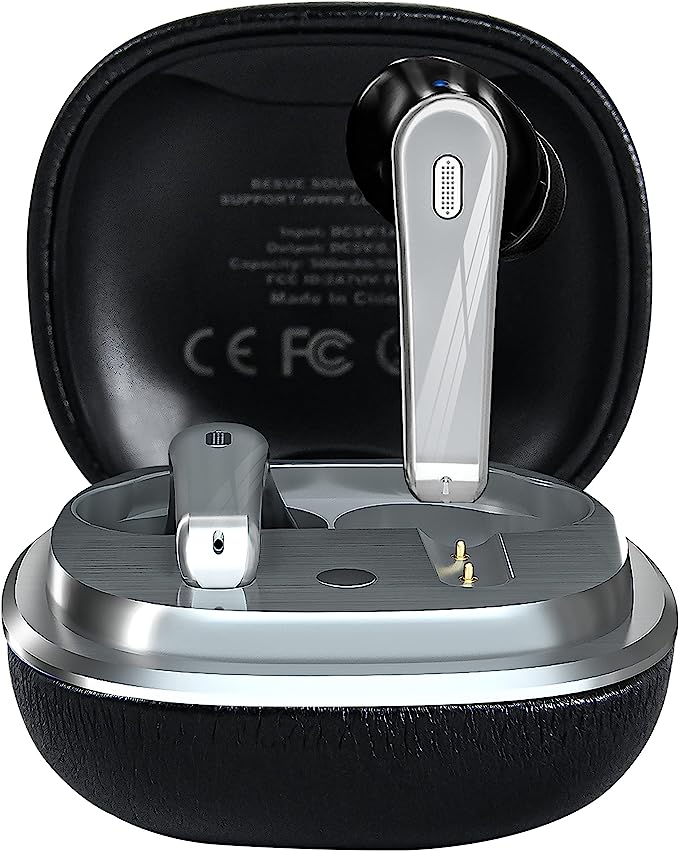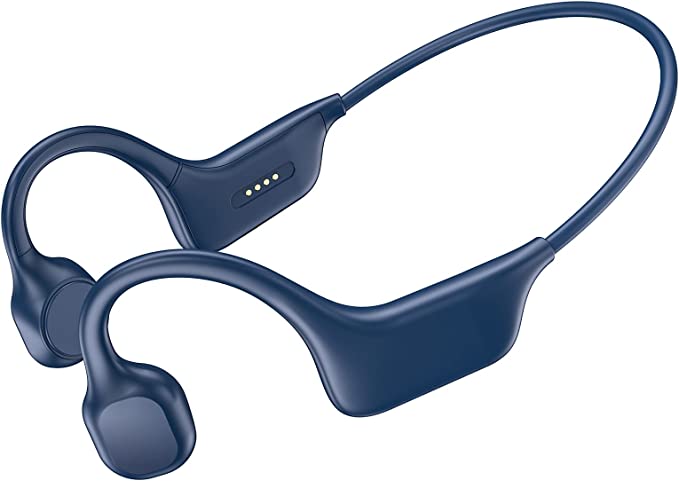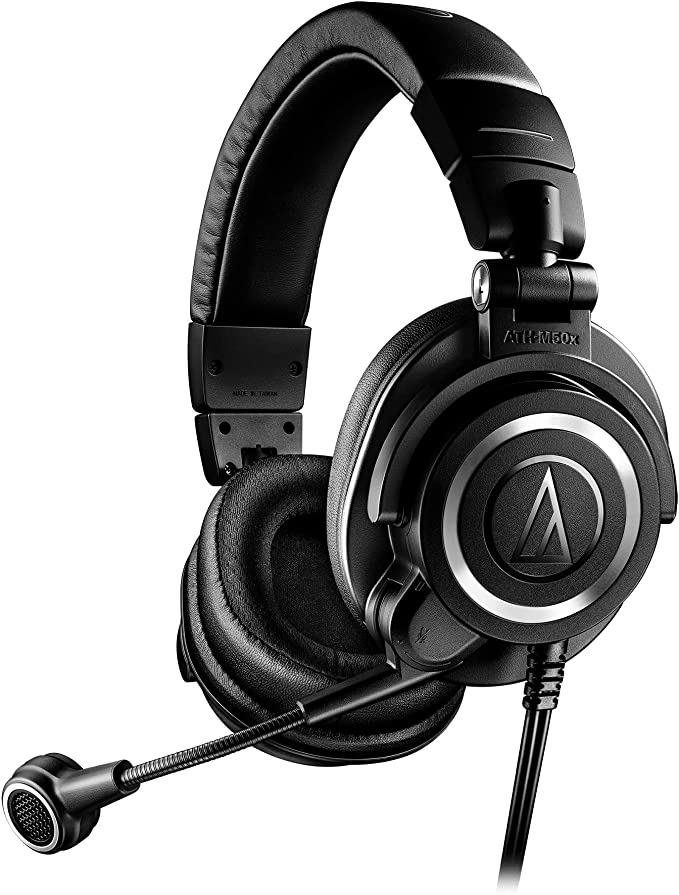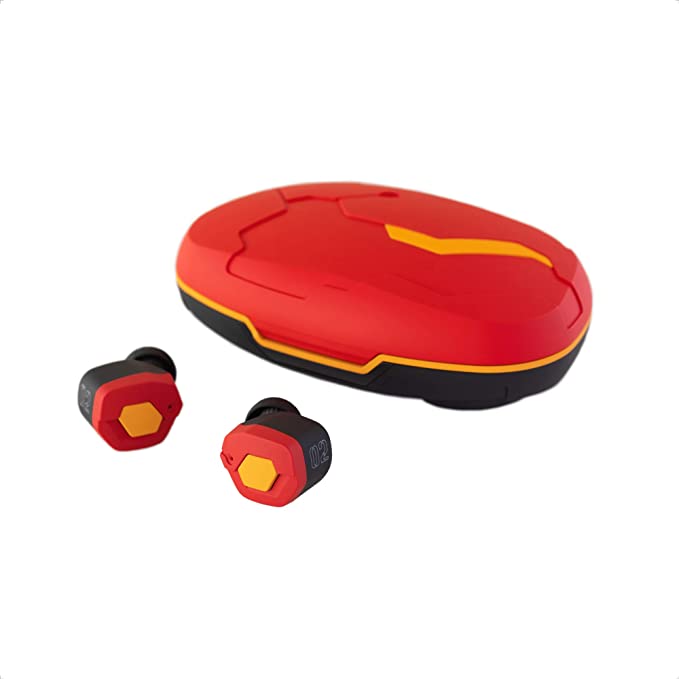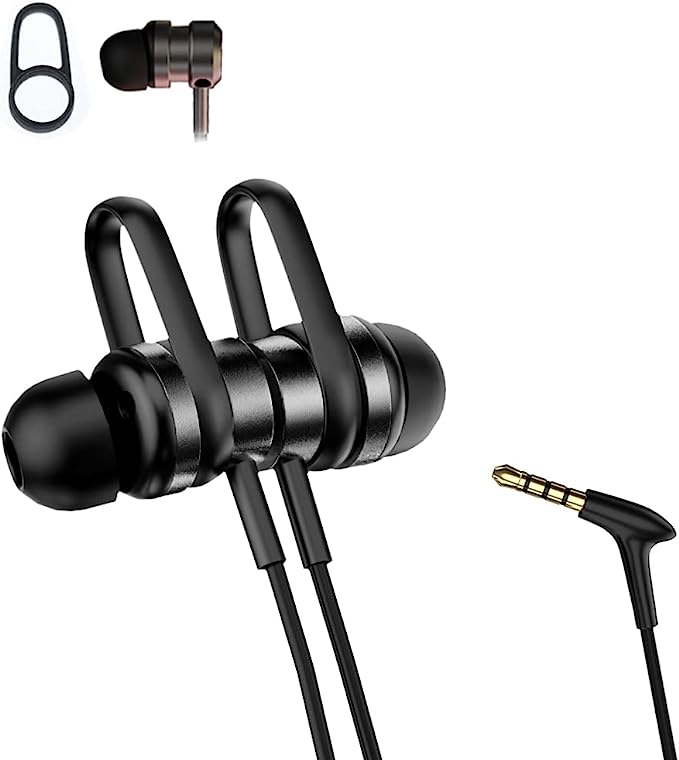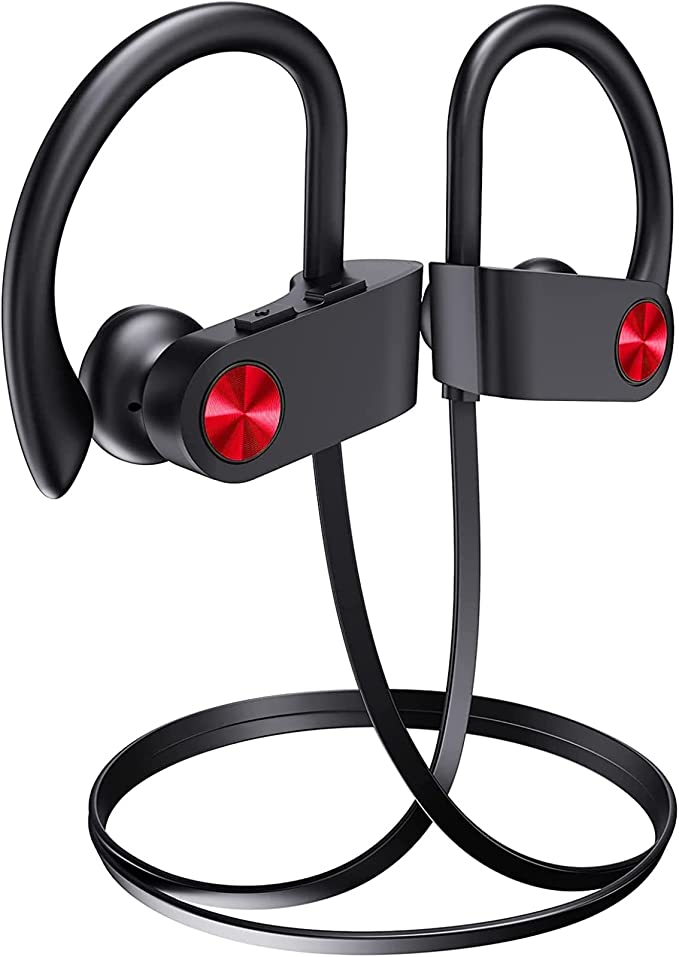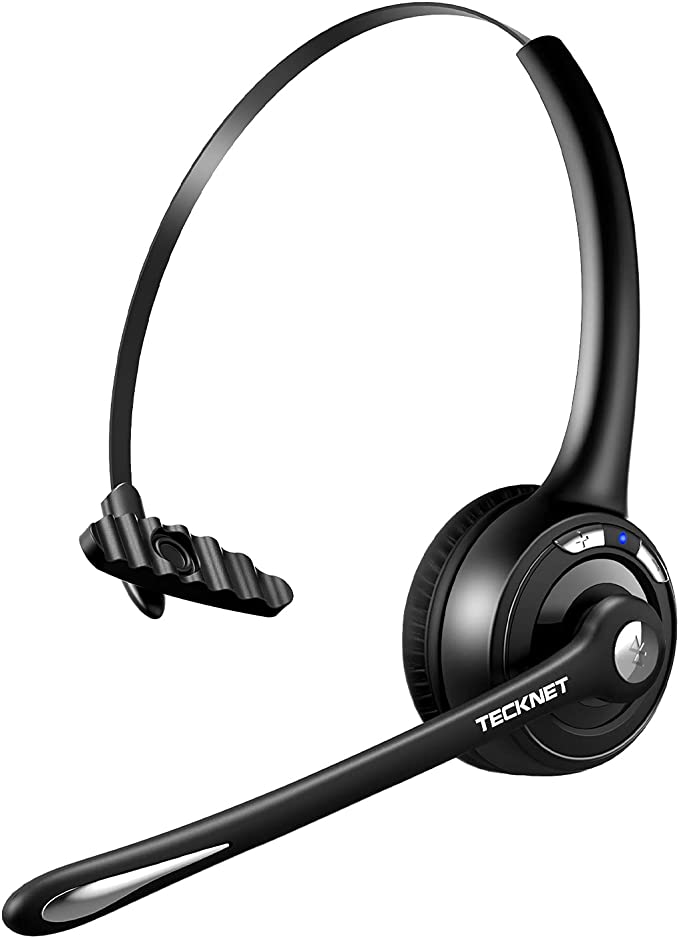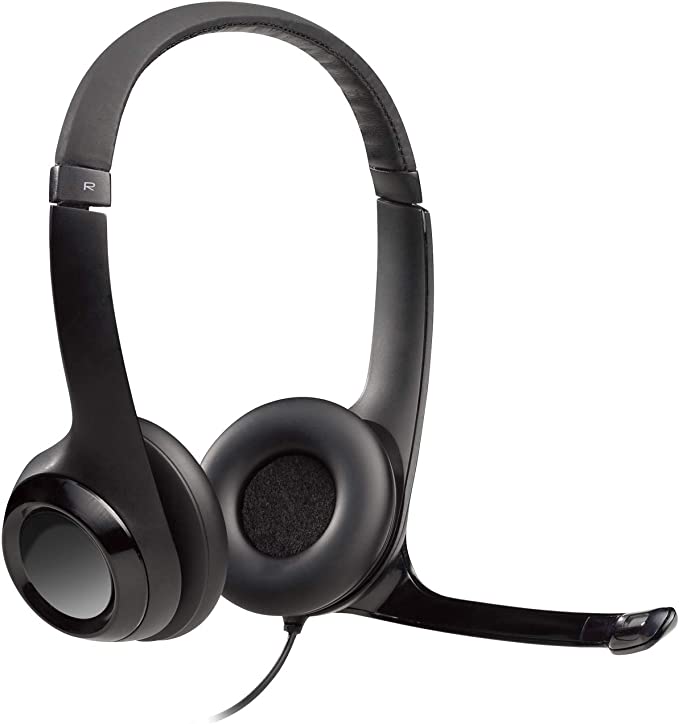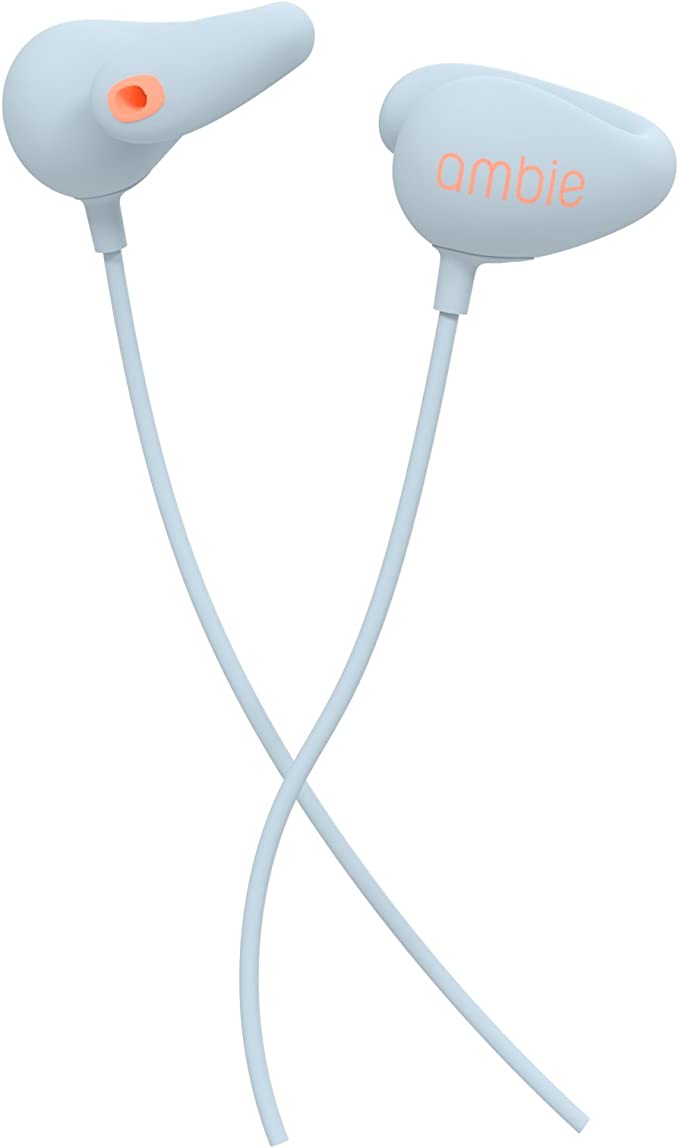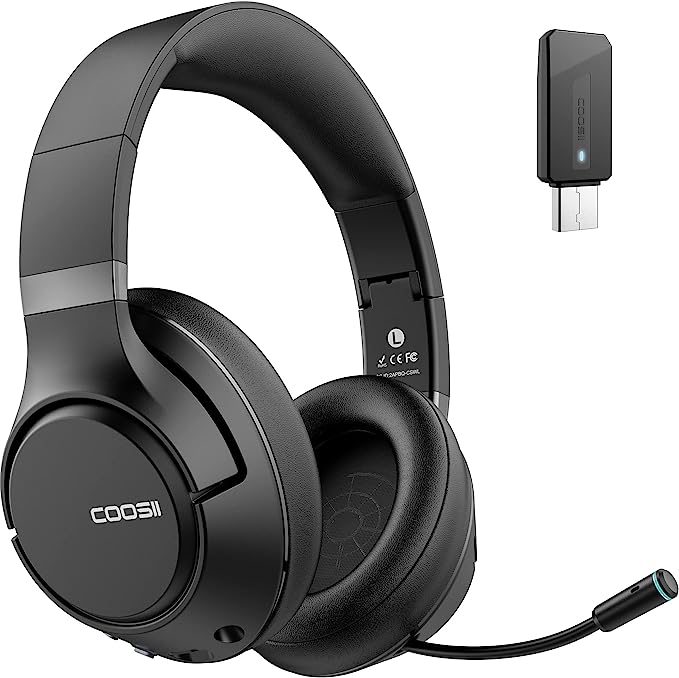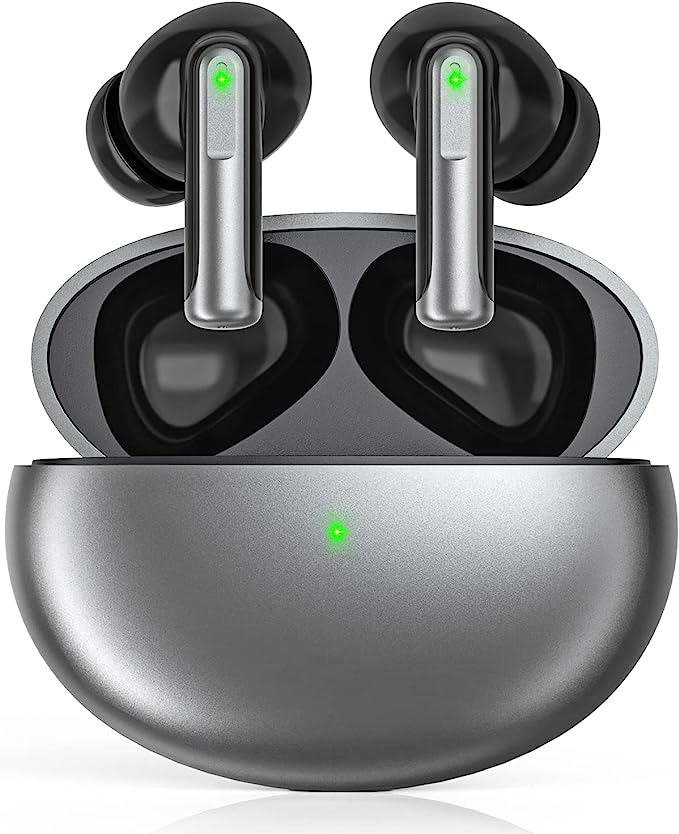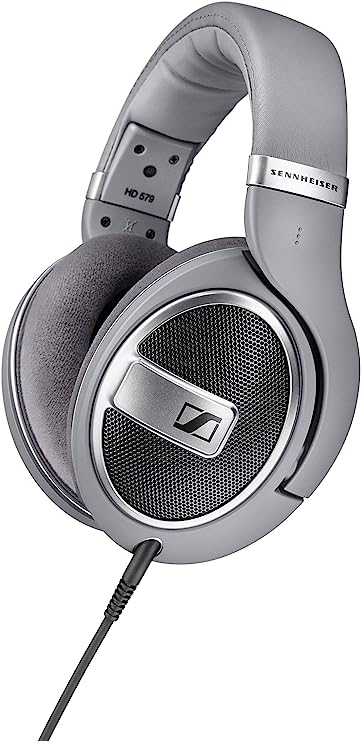The 2025 Earbud Spec Guide: Decoding Bluetooth 5.3, Graphene Drivers, and IP Ratings
Update on Nov. 14, 2025, 6:38 a.m.
Shopping for wireless earbuds can feel like navigating a minefield of technical jargon. Product pages are littered with acronyms and specifications—BT 5.3, 13mm drivers, ENC, IP7—that leave most of us asking a simple question: “What does any of this actually mean for me?”
This relentless push of technology, however, has a significant upside. Features that were exclusive to high-priced, premium audio gear just a few years ago are now becoming standard in accessible, everyday devices. To understand this shift, it’s helpful to deconstruct a modern example. Let’s use a device like the Ordtop I13 Wireless Earbuds as a case study to decode what these key specifications really mean for your daily listening experience.

1. Connectivity: What “Bluetooth 5.3” Actually Delivers
The single most important feature is the wireless connection itself. The I13 specifies Bluetooth 5.3, a recent update to the wireless standard. While older versions worked, they were often prone to frustrating dropouts and complex pairing processes.
Bluetooth 5.3 focuses on three key areas: * Stability: It offers a more robust and stable connection, especially in environments with heavy wireless interference (like crowded gyms, offices, or public transit). * Efficiency: It consumes less power, which is a crucial factor in extending the earbud’s battery life on a single charge. * Speed: It facilitates faster and more effortless pairing. Modern chipsets, like those in the I13, use dual-channel transmission. This means that when you take the earbuds from their case, they power on and connect to your device almost instantly, avoiding the complex “master-slave” pairing of older models.
For the user, this translates to reliability. It’s the confidence that your music won’t stutter when your phone is in your back pocket, or that your podcast won’t drop when you walk into the next room.
2. The Sound Engine: Graphene Drivers and the 13mm Advantage
If Bluetooth is the pathway, the “driver” is the engine that creates the sound. The I13 features 13mm graphene speakers. In the world of tiny earbuds, 13mm is a notably large driver size. A larger driver can move more air, which is fundamental for producing a full-bodied, powerful bass response.
The material itself is even more critical. The diaphragm—the part of the speaker that vibrates to create sound waves—is made from graphene. Graphene is a single layer of carbon atoms praised in physics for being incredibly strong and simultaneously feather-light.
This combination is ideal for audio. Its extreme stiffness prevents the diaphragm from deforming or “breaking up” at high volumes, which is a common cause of distortion. Its lightness allows it to vibrate with incredible speed and precision. This translates to a more accurate sound: the bass can be deep and powerful without sounding muddy, while high-frequency sounds like cymbals or vocals remain crisp and clear.
This is a significant step up from the standard plastic (PET) diaphragms found in older or more basic models, allowing for a richer and more detailed stereo soundscape.

3. Call Clarity: The Crucial Difference Between ENC and ANC
This is one of the most misunderstood specifications. Many earbuds, including the I13, list “Noise Cancelling.” However, it’s essential to know which kind.
- Active Noise Cancellation (ANC) is for the listener. It uses microphones to listen to your surroundings and creates “anti-noise” to cancel out low-frequency sounds (like a plane engine) for you.
- Environmental Noise Cancellation (ENC) is for your caller. It uses multiple microphones (in this case, dual mics on each earbud) to differentiate your voice from the ambient noise around you.
The I13 uses ENC. One microphone is aimed at your mouth to capture your voice, while a second microphone listens to the environment. An internal chip then runs an algorithm to subtract the background noise (traffic, wind, office chatter) from the call, ensuring the person on the other end hears you clearly. Some advanced systems, as described for the I13, even use an inward-facing microphone to detect and further reduce any noise that has leaked into your ear canal.
For anyone who makes frequent calls, ENC is arguably more important than ANC, as it directly impacts the core function of communication.
4. Durability & Ergonomics: Decoding the IP7 Rating
Durability is often an afterthought until it’s too late. The I13 features an IP7 waterproof rating. The “IP” (Ingress Protection) code is a universal standard.
- The first number (which is absent, so it’s an “X”) rates dust protection.
- The second number rates water protection.
An IP7 rating is high. It signifies that the device is protected from temporary immersion in up to 1 meter of fresh water for 30 minutes. This is typically achieved with a “nano-coating” technology that repels liquid from the internal components.
What does this mean in practice? It means the earbuds are fully resistant to sweat, rain, and accidental splashes. You can confidently wear them for intense workouts or runs in bad weather without fear of damage.
This pairs with ergonomics. At a claimed 3 grams per earbud, they are exceptionally lightweight, reducing ear fatigue. The design is contoured to the human ear canal, and the inclusion of multiple ear tip sizes (S/M/L) is not just for comfort—it’s critical for sound. A proper seal provides passive noise isolation (physically blocking outside sound) and is essential for achieving the deep bass the drivers are designed to produce.
5. Usability: The LED Display and Touch Controls
Finally, technology is only useful if it’s easy to manage. Two features on the I13 exemplify this:
- Dual LED Display: The charging case features a digital LED display that shows the remaining battery percentage of the case itself, as well as separate indicators to show that the earbuds are charging. This is a simple but massive usability win, eliminating the “battery anxiety” of wondering if your buds are actually charged before you head out.
- Touch Controls: Instead of physical buttons that require you to push the earbud uncomfortably into your ear, touch-sensitive sensors allow for simple taps. You can play/pause, adjust volume, skip tracks, and answer calls without reaching for your phone.
These features, combined with Mono Mode (the ability to use either the left or right earbud independently while the other charges), create a seamless and uninterrupted user experience, freeing your hands and keeping you connected.
The Informed Consumer
Understanding these core technologies—Bluetooth 5.3 for stability, graphene drivers for sound, ENC for call clarity, and IP7 for durability—is the key to making an informed purchase. As devices like the Ordtop i13 demonstrate, these advanced features are no longer just for the high-end market. They are becoming the new standard for a reliable, high-quality, and accessible personal audio experience.




